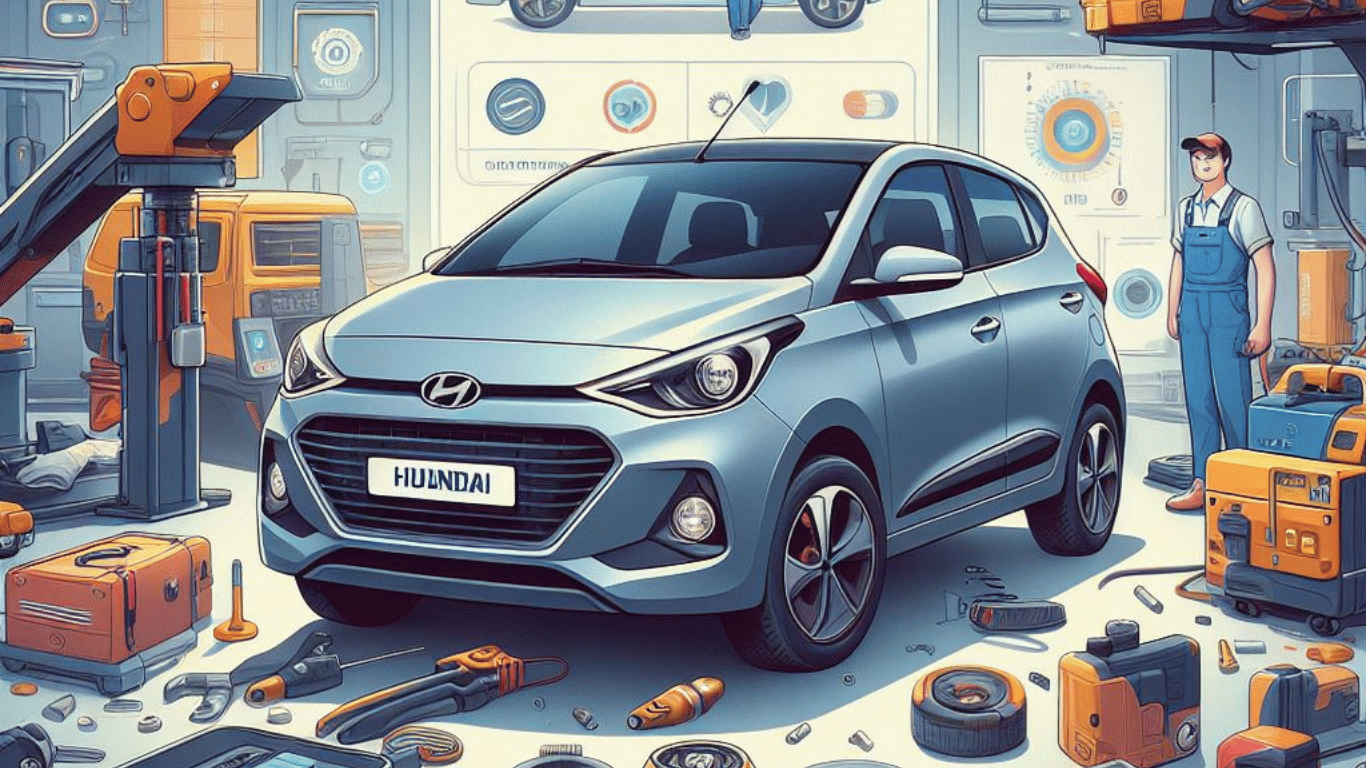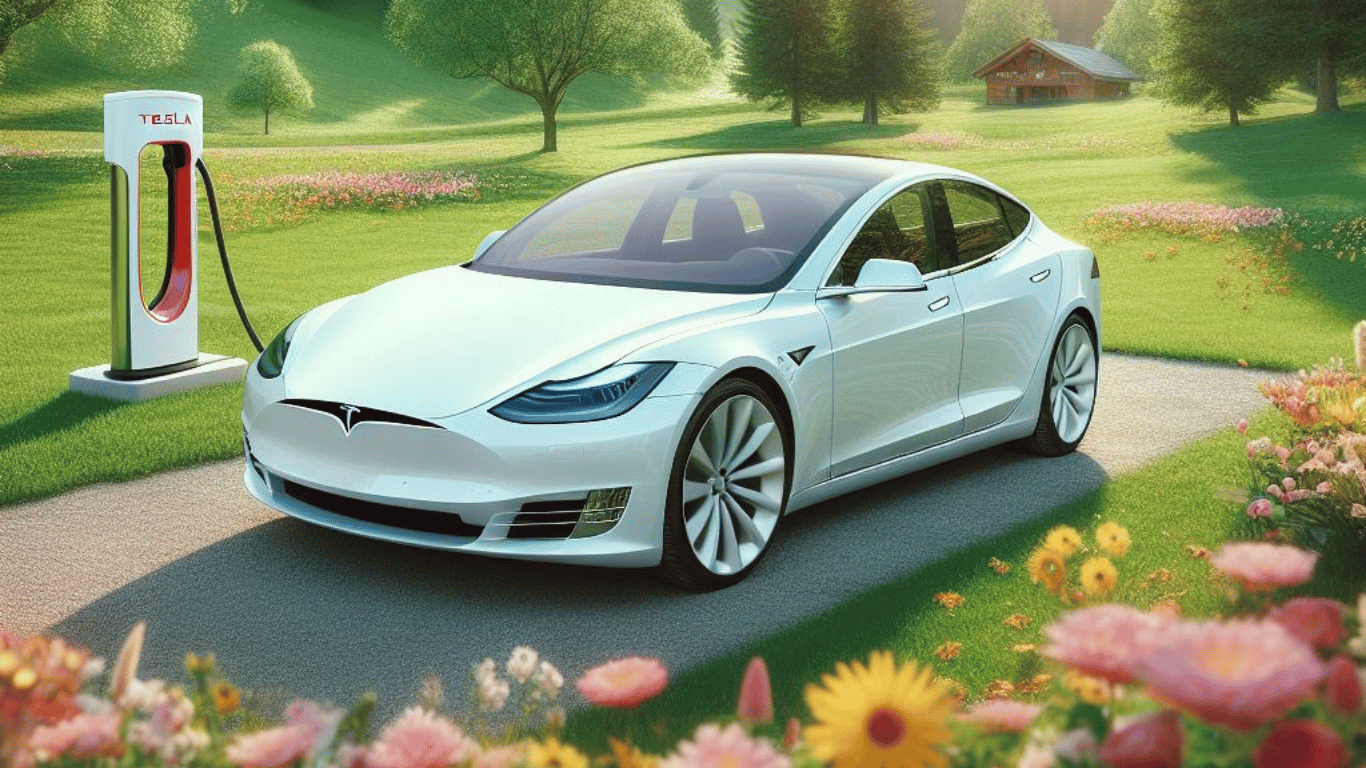
Your car needs to be maintained not just to stay running smoothly, but also to ensure your safety on the road and avoid costly repairs. Imagine driving on a highway when your brakes fail or your engine overheats in nowhere. These scenarios, while alarming, are entirely avoidable with proper car maintenance. Neglecting regular upkeep can lead to dangerous situations, expensive repairs, and even a shortened lifespan for your vehicle. If you've ever wondered, "Is my car truly road-ready?" this blog is a must-read.
In a nutshell, regular car maintenance is your best defense against unexpected breakdowns and expensive repairs. By sticking to a maintenance schedule, performing routine checks, and addressing issues promptly, you can extend the life of your vehicle and ensure a safe driving experience. From checking your tire pressure and changing your oil to inspecting your brakes and replacing air filters, taking care of your car is essential to avoid those dreaded car troubles down the line.
In this article, we’ll dive deep into essential car maintenance tips, provide a detailed maintenance checklist, and share expert advice on common issues and what you can do to avoid them. Whether you're a new driver or a seasoned car owner, you’ll find valuable insights to help you keep your vehicle in top condition and ensure it runs smoothly for years.
The Importance of Regular Car Maintenance

Taking care of your vehicle is a vital part of owning a vehicle. Regular maintenance ensures that your car's systems are functioning efficiently, which is crucial for your safety and the overall performance of your vehicle. Neglecting maintenance may lead to expensive repairs and even dangerous driving conditions.
Why You Should Keep Your Car Well-Maintained
Keeping your car in top condition involves more than just regular maintenance; It requires a proactive approach to caring for your vehicle. Here are some key reasons car maintenance is essential:
- Safety: Car maintenance is critical to ensure your vehicle's safety. Regularly checking the brake system, tire pressure, and other vital components helps prevent accidents caused by mechanical failure.
- Performance: A well-maintained car runs more smoothly, providing a more enjoyable drive and better fuel efficiency. You can keep your car performing at its best by following a recommended maintenance schedule.
- Cost Savings: Preventative maintenance is one of the best ways to avoid expensive repairs. Preventing small problems from becoming major problems can save you money over the life of your vehicle.
- Resale Value: A well-maintained car retains its value much better than one neglected. If you plan to sell or trade-in your car, keeping up with scheduled maintenance is essential.
- Longevity: Routine car maintenance helps to increase vehicle longevity. Following your car manufacturer's recommendations for maintenance can ensure that your car lasts for many years.
Car Maintenance Checklist

A comprehensive car maintenance checklist is essential for keeping track of the tasks needed to maintain your vehicle. Here are some key items to include in your checklist:
Regular Oil Changes
One of the most important parts of car maintenance is the oil change. Regularly changing your engine oil helps your engine run smoothly and efficiently. Follow your car manufacturer’s recommendations for oil change intervals, typically every 3,000 to 5,000 miles. An oil change lubricates the engine and helps cool and clean it.
Check and Maintain Tire Pressure
Proper tire pressure contributes to safety, fuel efficiency, and tire longevity. Insufficiently inflated tires can reduce fuel efficiency and even cause tire failure, while overinflated tires can cause harsh rides and uneven tire wear. Check your tire pressure regularly, monthly, and before long trips. Refer to your car's manual for information on tire pressure and adjust as needed.
Inspect and Replace Air Filters
In engines, air filters prevent dirt and debris from entering engines, ensuring optimal performance. Over time, however, these air filters can become clogged, reducing the airflow to the engine and making it work harder. Ensure your air filter is clean and replace it if it’s dirty or clogged.
Brake System Maintenance
The brake system is vital for your safety, so regularly inspect your brake pads, fluid, and lines. Wear and tear on brake pads causes them to be replaced once they reach a certain thickness. Low brake fluid levels can negatively impact braking performance, so checking and topping off the fluid as needed is essential.
Check and Top Off Fluids
In addition to engine oil, your car also needs coolant, trans fluid, power steering fluid, and brake fluid. Make sure these fluid levels are checked regularly and topped off as needed. Insufficient fluid in the engine can lead to overheating, poor steering response, and other issues requiring costly repairs.
Inspect Belts and Hoses
Belts and hoses are vital to your car's operation. The timing belt, for example, ensures that your engine's valves open and close at the correct times. Ensure that they are in good condition and replace them if necessary. Engine damage can result from a broken belt, so catching any issues early is essential.
Battery Maintenance

A well-maintained car battery ensures reliable starting and electrical system performance. Make sure the battery terminals are clean and check for corrosion. Clean them if needed. Test the battery’s charge and replace it if it’s weak. A dead battery can leave you stranded, so regular maintenance is vital to running your car smoothly.
Windshield Wipers and Washer Fluid
Clear visibility is essential for safe driving. Replace your windshield wipers every six months or when they show signs of wear. Keep your washer fluid reservoir full to clean your windshield as needed, especially during winter when road salt and grime quickly accumulate.
Regular Inspections
Regularly inspect your car’s lights, tires, brakes, and other critical systems. To prevent further damage, address any issues as soon as possible. Routine maintenance inspections can catch problems early, saving you time and money in the long run.
Car Maintenance Tips for Longevity
To make your car last longer and keep it in top condition, follow these car maintenance tips:
Follow Your Car Manufacturer’s Recommendations
Your car’s manufacturer provides a maintenance schedule tailored to your specific vehicle. This schedule includes recommendations for everything from oil changes to spark plug replacements. Follow your car manufacturer’s recommendations to ensure all necessary maintenance tasks are timely.
Keep Your Car Clean
Regularly washing and waxing your car is important to protect the paint and prevent rust. Keeping your car clean also helps maintain its value and makes driving more comfortable. Washing your car regularly also prevents damage to the paint and undercarriage caused by dirt, salt, and other debris.
Drive Smoothly
Driving aggressively, such as accelerating quickly and braking hard, can lead to premature wear on your car’s components. Driving smoothly makes your car last longer and improves fuel efficiency. Gentle driving reduces the strain on the brake system, tires, and engine.
Monitor Warning Lights
Pay attention to your car’s warning lights, such as the check engine light. You will be alerted to potential problems by these lights before they become serious. If a warning light comes on, inspect your car by a mechanic to promptly diagnose and address the issue.
Store Your Car Properly

If you don’t drive your car regularly, store it in a garage or covered area to prevent damage by the elements. Use a car cover if necessary to prevent dust and debris from accumulating. Proper storage is especially important if you plan to leave your car unused for an extended period.
Common Car Repairs and How to Avoid Them
While regular care can prevent many issues, some repairs are inevitable. Here are some common car repairs and tips to avoid them:
Brake Repairs
Brake repairs are common but can be minimized with regular maintenance. Replace brake pads when worn and check the brake fluid level regularly. Avoid aggressive braking to extend the life of brake components. Brake systems are critical to vehicle safety, so don’t delay repairs if you notice any issues.
Engine Repairs
Engine repairs can be costly, but regular oil changes and proper care can prevent many issues. Spark plugs, for example, should be replaced according to your maintenance schedule to ensure that your engine runs efficiently. A mechanic should immediately address unusual noises, decreased performance, or warning lights.
Transmission Repairs
Transmission repairs are often expensive, but regular maintenance can help prevent issues. Ensure your transmission fluid level is at the right level and have it changed according to your car’s maintenance schedule. In addition to keeping the transmission fluid at the right level, maintaining a healthy transmission fluid helps prevent slippage and overheating.
Cooling System Repairs
Your cooling system prevents overheating. To keep it in top condition, regularly check the coolant level and inspect the radiator and hoses for leaks. Then, replace the coolant according to your car's maintenance schedule. The engine can suffer severe damage if it overheats, so don’t neglect the cooling system.
Electrical System Repairs
Electrical system issues can be challenging to diagnose and repair. Regularly check your car’s battery, alternator, and wiring for signs of wear or damage. Address any electrical issues promptly to prevent further problems. A faulty electrical system can affect everything from the car’s starting ability to its lights and radio.
Preventative Maintenance Making Your Car Last Longer

It is important to perform preventative maintenance on your car to ensure it is in good working order. It can help you avoid many common issues that lead to costly repairs.
Follow Your Vehicle’s Servicing Schedule
Your car’s maintenance schedule is designed to keep it running smoothly. Follow it closely to ensure that all necessary tasks are completed on time. This includes everything from oil changes to timing belt replacements.
Check the Tread on Your Tires
Tread depth is crucial for maintaining traction, especially in wet or icy conditions. Check the tread on each tire regularly and replace them when worn. Proper tread helps your car grip the road and prevents accidents caused by poor traction.
Maintain the Power Steering System
The power steering system makes it easier to steer your car. Ensure your power steering fluid is full and top it off as needed. If you notice any difficulty steering or unusual noises, have the system inspected by a mechanic. Keeping the power steering system in good condition is essential for safe driving.
Inspect and Maintain the Transmission System
The transmission is one of your vehicle's most critical components. Regularly inspect the transmission fluid and follow your car’s maintenance schedule for fluid changes. Consider the clutch and other components if you drive a manual transmission vehicle. Proper transmission maintenance helps ensure smooth shifting and prevents costly repairs.
Keep the Engine Clean
Clean engines run more efficiently and are easier to inspect. Ensure the engine bay is regularly cleaned to prevent overheating or other issues. Furthermore, a clean engine is more likely to reveal leaks or other problems that need attention.
Conclusion
Car maintenance is an ongoing process that requires attention to detail and a commitment to following your car’s maintenance schedule. By using the car maintenance tips in this guide and adhering to a comprehensive maintenance checklist, your car will remain reliable, safe, and efficient for years.
Taking the time to care for your car enhances its performance and protects your investment. Whether you’re a car enthusiast or want to keep your vehicle running smoothly, following these car care tips will help you achieve your goals. Remember, a well-maintained car is a long-lasting car.
FAQs
Getting your car in for regular tire inspections and replacements when necessary is a vital part of vehicle maintenance. Car needs vary depending on driving conditions, but as a general rule, tires should be inspected at least once a month and rotated between 5,000 and 8,000 miles. Following these tips will help you maintain safe driving conditions and increase the life of your tires.


